Stars Make Firework Supplies!
Stars Make Firework Supplies!
The next time you see fireworks, take a moment to celebrate the cosmic pyrotechnics that made them possible. From the oxygen and potassium that help fireworks burn to the aluminum that makes sparklers sparkle, most of the elements in the universe wouldn’t be here without stars.
From the time the universe was only a few minutes old until it was about 400 million years old, the cosmos was made of just hydrogen, helium and a teensy bit of lithium. It took some stellar activity to produce the rest of the elements!

Stars are element factories
Even after more than 13 billion years, the hydrogen and helium that formed soon after the big bang still make up over 90 percent of the atoms in the cosmos. Most of the other elements come from stars.

Stars began popping into the universe about 400 million years after the big bang. That sounds like a long time, but it’s only about 3% of the universe’s current age!
Our Nancy Grace Roman Space Telescope will study the universe’s early days to help us learn more about how we went from a hot, soupy sea of atoms to the bigger cosmic structures we see today. We know hydrogen and helium atoms gravitated together to form stars, where atoms could fuse together to make new elements, but we're not sure when it began happening. Roman will help us find out.

The central parts of atoms, called nuclei, are super antisocial – it takes a lot of heat and pressure to force them close together. Strong gravity in the fiery cores of the first stars provided just the right conditions for hydrogen and helium atoms to combine to form more elements and generate energy. The same process continues today in stars like our Sun and provides some special firework supplies.
Carbon makes fireworks explode, helps launch them into the sky, and is even an ingredient in the “black snakes” that seem to grow out of tiny pellets. Fireworks glow pink with help from the element lithium. Both of these elements are created by average, Sun-like stars as they cycle from normal stars to red giants to white dwarfs.
Eventually stars release their elements into the cosmos, where they can be recycled into later generations of stars and planets. Sometimes they encounter cosmic rays, which are nuclei that have been boosted to high speed by the most energetic events in the universe. When cosmic rays collide with atoms, the impact can break them apart, forming simpler elements. That’s how we get boron, which can make fireworks green, and beryllium, which can make them silver or white!

Since massive stars have even stronger gravity in their cores, they can fuse more elements – all the way up to iron. (The process stops there because instead of producing energy, fusing iron is so hard to do that it uses up energy.)
That means the sodium that makes fireworks yellow, the aluminum that produces silver sparks (like in sparklers), and even the oxygen that helps fireworks ignite were all first made in stars, too! A lot of these more complex elements that we take for granted are actually pretty rare throughout the cosmos, adding up to less than 10 percent of the atoms in the universe combined!
Fusion in stars only got us through iron on the periodic table, so where do the rest of our elements come from? It’s what happens next in massive stars that produces some of the even more exotic elements.

Dying stars make elements too!
Once a star many times the Sun’s mass burns through its fuel, gravity is no longer held in check, and its core collapses under its own weight. There, atoms are crushed extremely close together – and they don’t like that! Eventually it reaches a breaking point and the star explodes as a brilliant supernova. Talk about fireworks! These exploding stars make elements like copper, which makes fireworks blue, and zinc, which creates a smoky effect.
Something similar can happen when a white dwarf star – the small, dense core left behind after a Sun-like star runs out of fuel – steals material from a neighboring star. These white dwarfs can explode as supernovae too, spewing elements like the calcium that makes fireworks orange into the cosmos.

When stars collide
White dwarfs aren’t the only “dead” stars that can shower their surroundings with new elements. Stars that are too massive to leave behind white dwarfs but not massive enough to create black holes end up as neutron stars.
If two of these extremely dense stellar skeletons collide, they can produce all kinds of elements, including the barium that makes fireworks bright green and the antimony that creates a glitter effect. Reading this on a phone or computer? You can thank crashing dead stars for some of the metals that make up your device, too!

As for most of the remaining elements we know of, we've only seen them in labs on Earth so far.
Sounds like we’ve got it all figured out, right? But there are still lots of open questions. Our Roman Space Telescope will help us learn more about how elements were created and distributed throughout galaxies. That’s important because the right materials had to come together to form the air we breathe, our bodies, the planet we live on, and yes – even fireworks!
So when you’re watching fireworks, think about their cosmic origins!
Learn more about the Roman Space Telescope at: https://roman.gsfc.nasa.gov/
Make sure to follow us on Tumblr for your regular dose of space: http://nasa.tumblr.com
More Posts from Sergioballester-blog and Others










Should NASA Send New Horizons To A Nearby Star For Its Final Mission?
“Over the next million years, the Voyagers and Pioneers will approach numerous stars, but only at relatively large separations. The closest will be Pioneer 10, encountering HIP 1177795 in ~90,000 years from 0.75 light-years away. But New Horizons, unlike the others, still has significant fuel remaining. After encountering Pluto and Arrokoth, it may yet target another object in the outer Kuiper belt. Subsequently, it will eventually enter interstellar space, but can be boosted to approach future stellar targets.”
In the 1970s, four spacecraft were launched with speeds large enough that they would eventually escape the Solar System: Pioneer 10 and 11 and Voyager 1 and 2. In the 2000s, New Horizons became the fifth spacecraft that will leave the Solar System and enter interstellar space. But unlike the other four, it still has fuel remaining and could boost itself to alter its trajectory. In the aftermath of the ESA’s Gaia mission, we now can predict where more than a billion stars in the Milky Way will be located up to a million years in the future, raising the possibility that we could alter New Horizon’s trajectory to encounter another solar system in the distant future.
Should we do it? Of course we should! Come learn about this fascinating possibility today.
Perseverance: Amazing descent & landing video taken by the rover’s EDL cameras.
Download Software Used to Get Rovers to the Red Planet
Watching our Perseverance rover safely land on the surface of Mars is the kind of historic feat that gets our adventure-loving hearts racing.

Launching and landing rovers on Mars requires overcoming challenges like defying gravity on two planets, surviving the extreme heat of atmospheric entry, and avoiding rocky obstacles. This takes more than just rocket science – it takes incredible software too.
Did you know that some of the same tried and tested software that helped ensure a safe arrival for Perseverance (and its predecessor, Curiosity) can be downloaded – by you...for free...right now?

Our 2021-22 Software Catalog is full of codes made for space that can be used by entrepreneurs, teachers, gamers, or just about anyone. Whether you are curious about the Martian atmosphere, want to visualize the inside of a volcano, or have an application we’ve never even considered, our software may be able to help. Check out our full site, updated regularly with the latest codes available for download.
Here are a few examples of what you could do with our software!
1. Simulate the Martian atmosphere to prepare spacecrafts for landing

To prepare for exactly what a spacecraft will face on landing day, no matter the location scientists choose, we created software that simulates the Martian atmosphere. The code, Mars (GRAM), is now available to anyone.
We also have a version that simulates Earth's atmosphere, allowing users (especially those in the world of drone design) a way to replicate and design for, potentially dangerous conditions without ever stepping away from the computer.
2. Explore the Red Planet virtually from home with help from the Curiosity rover team
Originally developed for scientists and engineers working on the Curiosity rover mission, OnSight allowed the team a virtual way to walk on and look around Mars. Using an immersive display, such as a virtual reality headset, scientists could see the Red Planet the way a rover would.
This software can also be used to provide virtual experiences of places here on Earth, such as caves and lava fields.
3. Dodge disasters with a risk management tool made for space missions

When preparing for complex space missions, like the upcoming Mars Sample Return mission, it’s crucial to examine how different elements, independently and collectively, impact the probability of success.
But risk management has become an important tool for businesses of all disciplines, from engineering to accounting – and the Space Mission Architecture and Risk Analysis Tool (SMART) could help.
Sound interesting? The NASA software catalog has these and more than 800 additional codes ready for download.
You can also follow our Technology Transfer program on Twitter to learn more about software and technology that can be put to use on Earth.
Make sure to follow us on Tumblr for your regular dose of space!

Montage of Neptune and Triton by NASA on The Commons
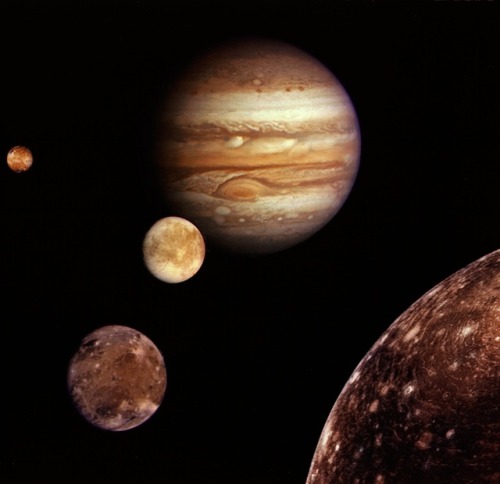
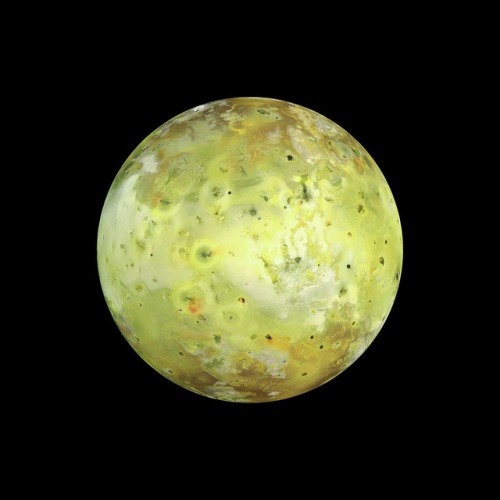
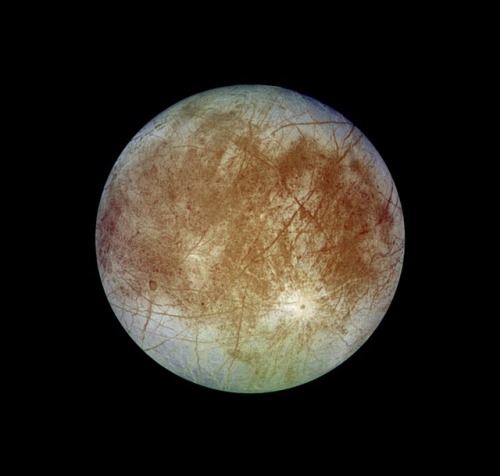
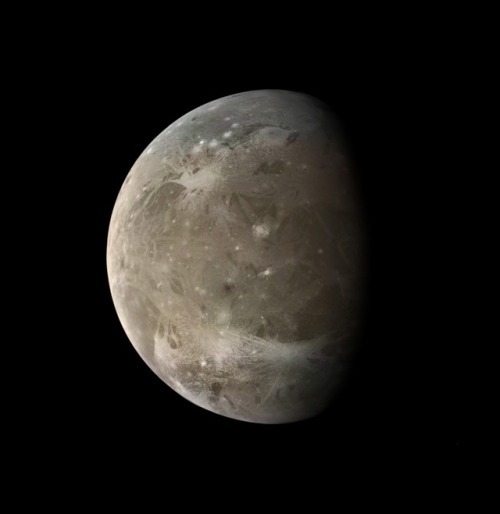
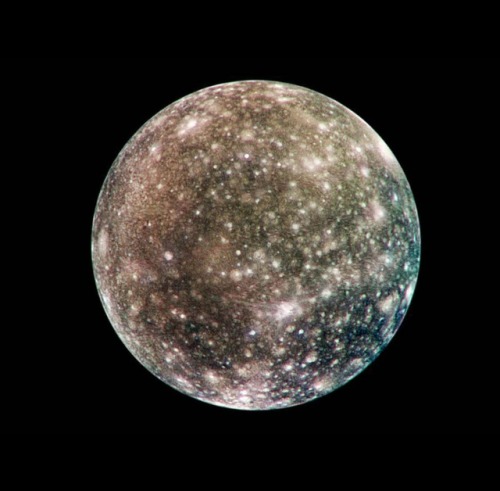
Galilean moons
The Galilean moons are the four largest moons of Jupiter — Io, Europa, Ganymede, and Callisto. They were first seen by Galileo Galilei in January 1610, and recognized by him as satellites of Jupiter in March 1610. They are the first objects found to orbit another planet. Their names derive from the lovers of Zeus. They are the first objects found to orbit another planet. Their names derive from the lovers of Zeus. They are among the largest objects in the Solar System with the exception of the Sun and the eight planets, with a radius larger than any of the dwarf planets.
Io is the fourth largest moon in the Solar System. With over 400 active volcanos, Io is the most geologically active object in the Solar System. Its surface is dotted with more than 100 mountains, some of which are taller than Earth’s Mount Everest. Unlike most satellites in the outer Solar System (which have a thick coating of ice), Io is primarily composed of silicate rock surrounding a molten iron or iron sulfide core. Although not proven, recent data from the Galileo orbiter indicate that Io might have its own magnetic field.
Europa the second of the four Galilean moons, is the second closest to Jupiter and the smallest at 3121.6 kilometers in diameter, which is slightly smaller than the Moon. The name comes from a mythical Phoenician noblewoman, Europa, who was courted by Zeus and became the queen of Crete, though the name did not become widely used until the mid-20th century. It has a smooth and bright surface, with a layer of water surrounding the mantle of the planet, thought to be 100 kilometers thick. The smooth surface includes a layer of ice, while the bottom of the ice is theorized to be liquid water. The apparent youth and smoothness of the surface have led to the hypothesis that a water ocean exists beneath it, which could conceivably serve as an abode for extraterrestrial life.
Ganymede is the largest moon in the Solar System, and is even bigger than the planet Mercury. It is the only satellite in the Solar System known to possess a magnetosphere, likely created through convection within the liquid iron core.
Callisto is the fourth and last Galilean moon, and is the second largest of the four, and at 4820.6 kilometers in diameter, it is the third largest moon in the Solar System, and barely smaller than Mercury, though only a third of the latter’s mass. It is named after the Greek mythological nymph Callisto, a lover of Zeus who was a daughter of the Arkadian King Lykaon and a hunting companion of the goddess Artemis. It is one of the most heavily cratered satellites in the Solar System, and one major feature is a basin around 3000 km wide called Valhalla.
source
image credit: NASA/JPL

by NASA’s Juno spacecraft.

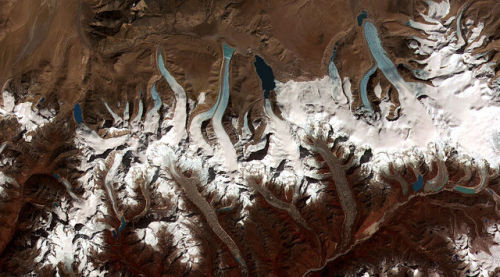
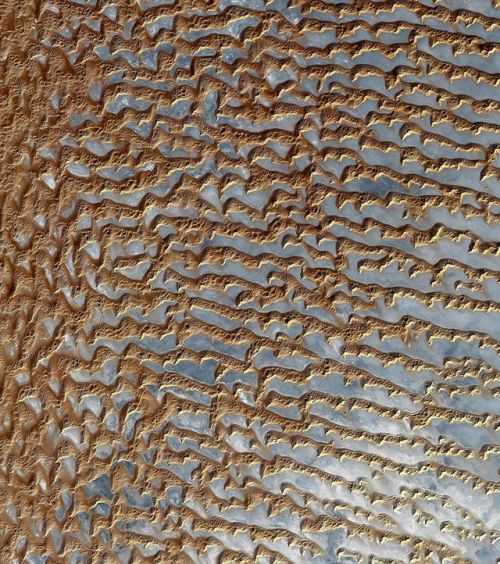
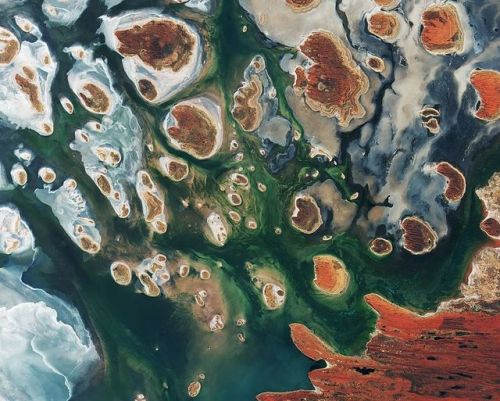
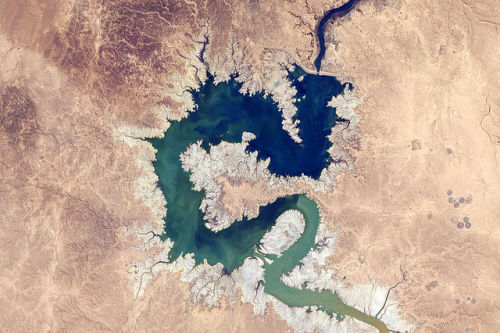
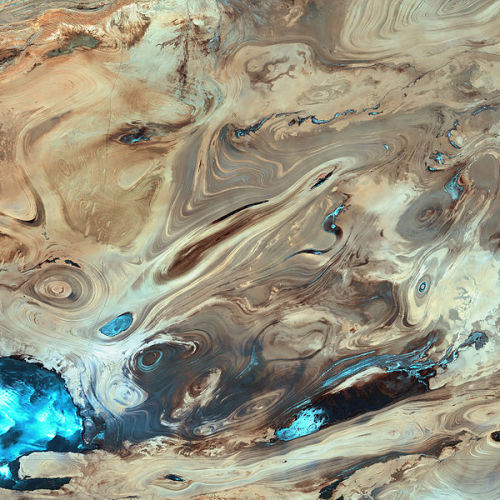
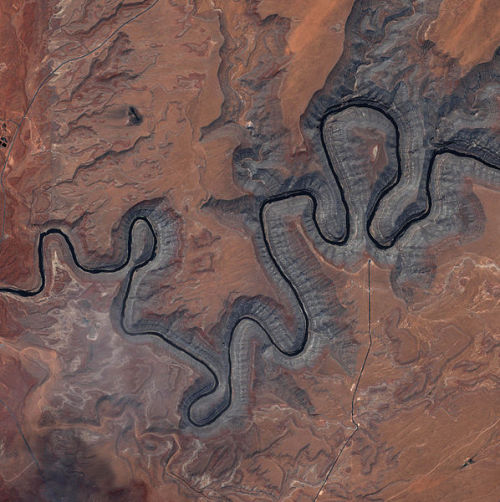
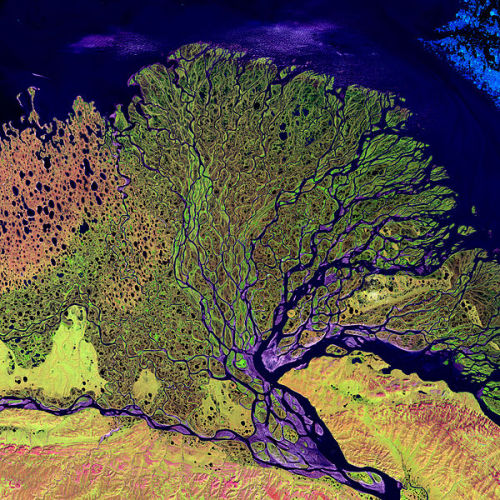
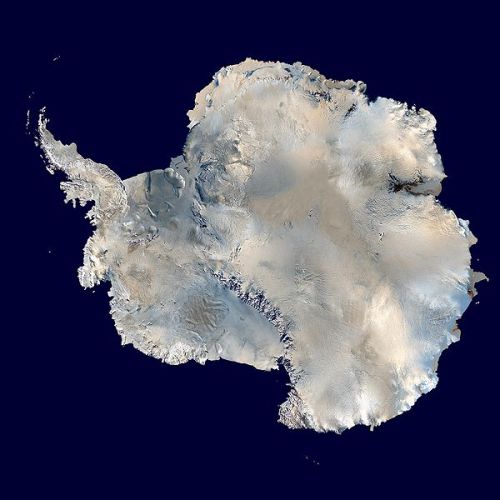
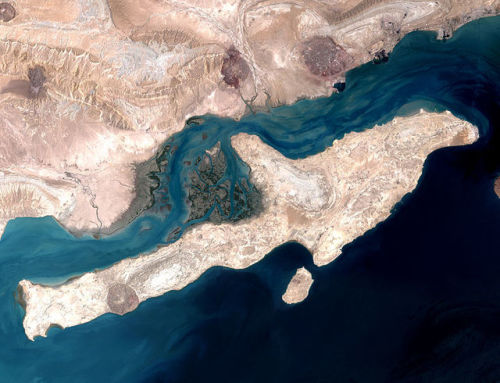
Earth images photographed by satellites and the International Space Station
images










Pluto’s Surface Changes Faster Than Earth’s, And A Subsurface Ocean Is Driving It
“These mountains aren’t static and stable, but rather are temporary water-ice mountains atop a volatile, nitrogen sea. The evidence for this comes from multiple independent observations. The mountains only appear between the hilly highlands, after the edge of a basin rim, and young plains with flowing canals. These young plains occur in Pluto’s heart-shaped lobe, which itself was caused by an enormous impact crater. Only a subsurface, liquid water ocean beneath the crust could cause the uplift we then see, leaving the nitrogen to fill it in.”
In July of 2015, NASA’s New Horizons Mission arrived at Pluto, photographing the world at the highest resolution ever, with some places getting as up-close as just 80 meters (260 feet) per pixel. Not bad for a world more than 3 billion miles (5 billion kilometers) from home! What we’ve learned is breathtaking. Rather than a static, frozen world, we found one with tons of evidence for active, interior geology, as well as with a changing surface that renews itself and undergoes cycles, quite unexpectedly to many. There’s also not an enormous heart, but rather a massive, volatile-filled crater that caused Pluto to tip over at least once in its past, and may yet cause it to tip over again in the near future.
If you ever wanted to know how these distant, icy worlds come alive, there’s never been a better way to find out than in the aftermath of what New Horizons taught us!

Curiosity: Sol 3048 via NASA https://ift.tt/3vSSsDz
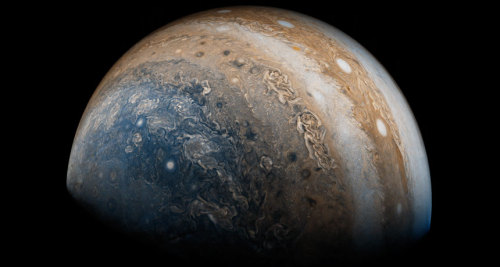









Jupiter Descending
-
 johnteagueart liked this · 2 months ago
johnteagueart liked this · 2 months ago -
 bobcat4xray liked this · 4 months ago
bobcat4xray liked this · 4 months ago -
 telomar reblogged this · 4 months ago
telomar reblogged this · 4 months ago -
 telomar liked this · 4 months ago
telomar liked this · 4 months ago -
 cher3951 reblogged this · 4 months ago
cher3951 reblogged this · 4 months ago -
 lithosori liked this · 4 months ago
lithosori liked this · 4 months ago -
 rootpi liked this · 4 months ago
rootpi liked this · 4 months ago -
 intentionallylostinspace reblogged this · 4 months ago
intentionallylostinspace reblogged this · 4 months ago -
 lethean-corner liked this · 4 months ago
lethean-corner liked this · 4 months ago -
 glitchcosmos liked this · 4 months ago
glitchcosmos liked this · 4 months ago -
 funastro liked this · 4 months ago
funastro liked this · 4 months ago -
 sashh2001 liked this · 5 months ago
sashh2001 liked this · 5 months ago -
 travelnew reblogged this · 8 months ago
travelnew reblogged this · 8 months ago -
 solacedeer reblogged this · 10 months ago
solacedeer reblogged this · 10 months ago -
 unlikelylighteagle liked this · 10 months ago
unlikelylighteagle liked this · 10 months ago -
 thecondemnedangelgabriel reblogged this · 10 months ago
thecondemnedangelgabriel reblogged this · 10 months ago -
 batrm94 liked this · 11 months ago
batrm94 liked this · 11 months ago -
 tsusima-michiko liked this · 11 months ago
tsusima-michiko liked this · 11 months ago -
 butimnotasexyrussian reblogged this · 11 months ago
butimnotasexyrussian reblogged this · 11 months ago -
 talesofwhalesandflowerpots reblogged this · 1 year ago
talesofwhalesandflowerpots reblogged this · 1 year ago -
 talesofwhalesandflowerpots liked this · 1 year ago
talesofwhalesandflowerpots liked this · 1 year ago -
 atomicgeek reblogged this · 1 year ago
atomicgeek reblogged this · 1 year ago -
 swordsagedachsie reblogged this · 1 year ago
swordsagedachsie reblogged this · 1 year ago -
 viking369 reblogged this · 1 year ago
viking369 reblogged this · 1 year ago -
 urwashiiii liked this · 1 year ago
urwashiiii liked this · 1 year ago -
 wewantclimateactionnow liked this · 1 year ago
wewantclimateactionnow liked this · 1 year ago -
 yukayjei reblogged this · 1 year ago
yukayjei reblogged this · 1 year ago -
 hedy-lamarr-blog reblogged this · 1 year ago
hedy-lamarr-blog reblogged this · 1 year ago -
 hedy-lamarr-blog liked this · 1 year ago
hedy-lamarr-blog liked this · 1 year ago -
 emicanogova liked this · 1 year ago
emicanogova liked this · 1 year ago -
 luflyhjcluzyk liked this · 1 year ago
luflyhjcluzyk liked this · 1 year ago